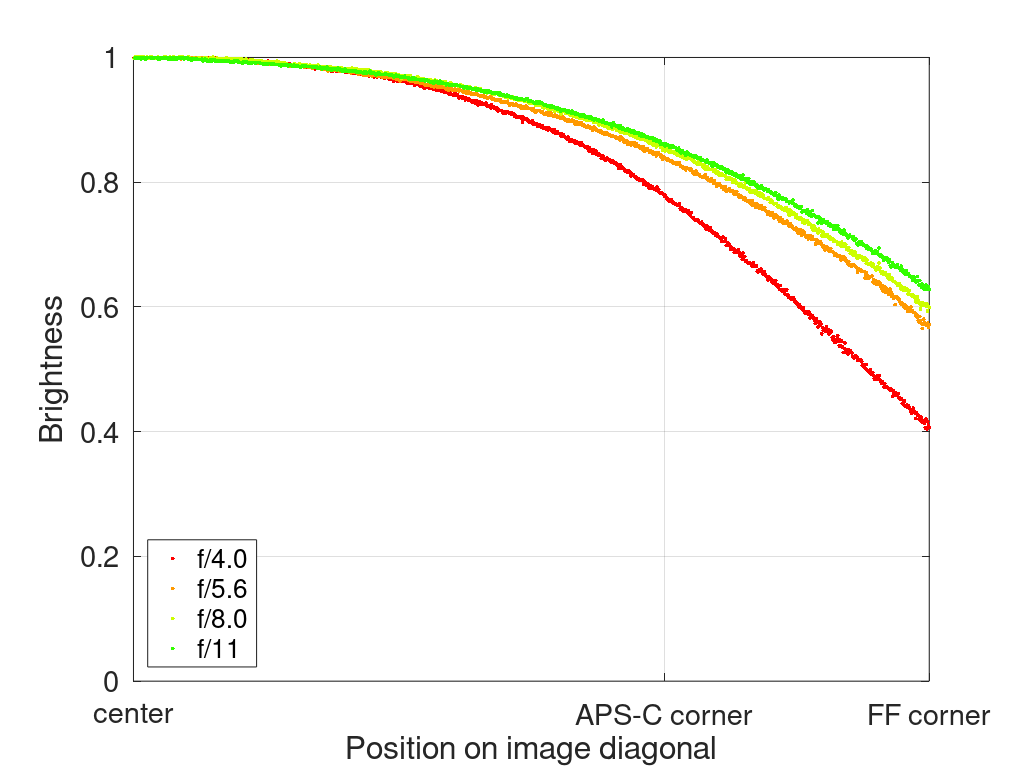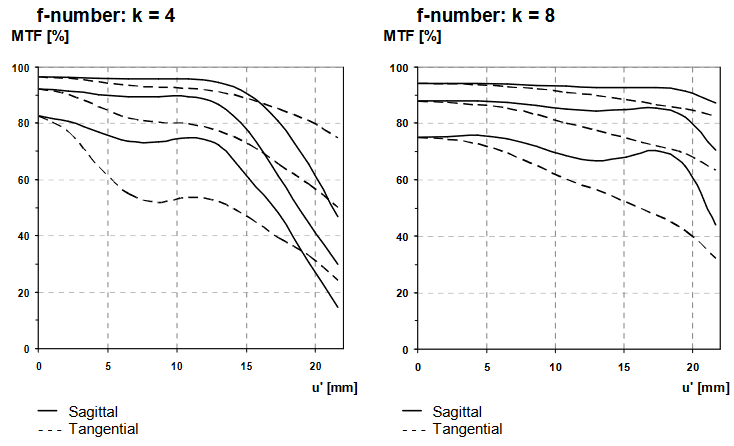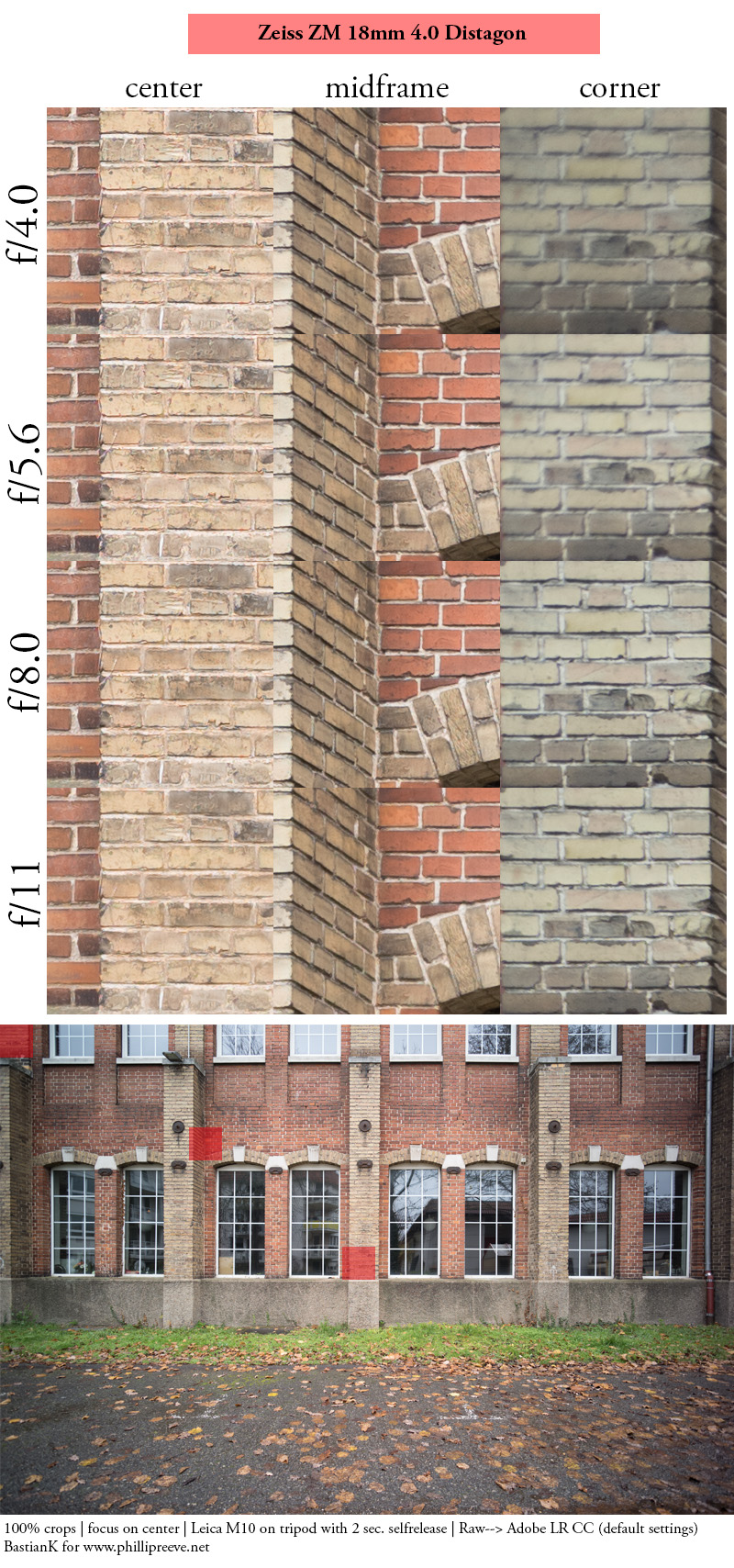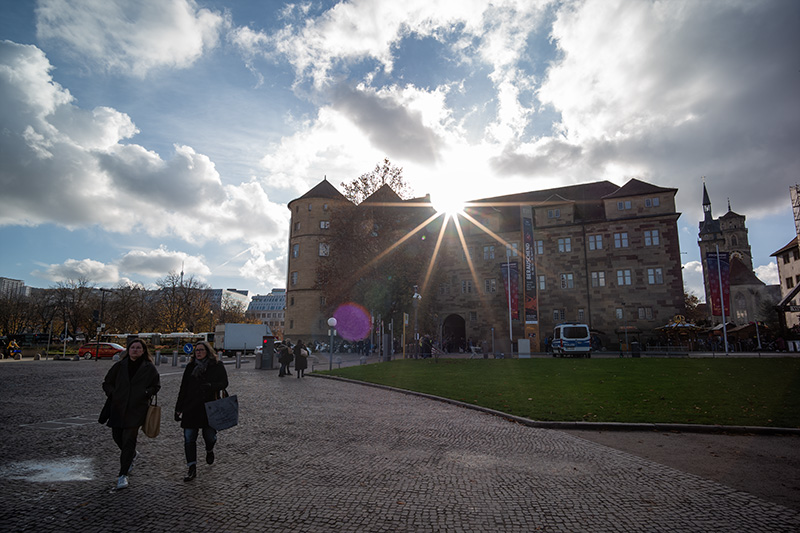Introduction

The Zeiss ZM 18mm 4.0 Distagon is the second widest lens of the ZM family and one of the few 18mm M-mount lenses. Is 18mm being an unpopular focal length among Leica users the reason this lens has already been discontinued or is it because of its optical qualities? Let’s find out in this review.
Lens is being tested on 42mp Sony A7rII and 24mp Leica M10
Sample Images





You can find most of the sample images in full resolution here.
Contents
Disclosure
The Zeiss ZM 18mm 4.0 was kindly provided by our reader Christian for a review. He is also active under the name gladstone at digicamclub.de.
Specifications / Version History
Zeiss has a bit of a history making 18mm lenses but they made only one for M-mount, the Zeiss ZM 18mm 4.0 Distagon – which was available in black and silver – and has the following specifications:
-
- Diameter: 65mm
- Field of view: 98° (diagonally)
- Length: 47mm
- Weight: 320g (without hood)
- Filter Diameter: 58mm
- Number of Aperture Blades: 10
- Elements/Groups: 10/8

- Close Focusing Distance: 0.5 m
- Maximum Magnification: 1:23
- Mount: Leica-M
The Zeiss ZM 18mm 4.0 Distagon has already been discontinued and can therefore mainly be found on the used market, e.g. on ebay.com | ebay.de (affiliate links), for around $1000
Handling / Build Quality

Except for the 1/3rd of a stop click stops (I greatly prefer full stop ones) the ergonomics of all the ZM lenses I have personally used were simply top notch and the 18mm 4.0 Distagon is no different.
The focus ring has just the right resistance and turns ~100° from the minimum focus distance of 0.5 m to infinity. Unlike a minority of lenses like the Laowa 9mm 5.6 there is no click-stop when leaving the rangefinder coupled range which I always find a bit unfortunate.
The lens doesn’t have a focus tab, but its owner added one from 7Artisans (affiliate link).
The aperture ring does feature distinct click-stops which are of course equidistantly spaced.
It feels like the lens is completely made from metal and all the markings are engraved and filled with paint.
If the lens is not big enough for you already you can attach a nice tulip-shaped bayonet-style lens hood made from metal.
The Zeiss ZM 18mm 4,0 is not a small lens so the rangefinder blockage is significant, even more so with the hood attached. The lens brings up the 28/135mm framelines.
Comparing the size of the ZM 18mm 4.0 Distagon to the 16mm 8.0 Hologon is probably a bit unfair, but the Voigtländer VM 15mm 4.5 II is almost as fast while being quite a bit wider, yet significantly smaller (and cheaper):

The onwer of the lens is mainly using it adapted to a Sony camera. And to be honest – in terms of size and weight – I find it to be a much better fit here compared to using it on the slim Leica bodies.

Vignetting
light falloff

| f/4.0 | 2.8 EV |
| f/5.6 | 2.3 EV |
| f/8.0 | 2.2 EV |
| f/11 | 2.2 EV |
| f/16 | 2.2 EV |
To my knowledge this is the biggest 18mm lens for M-mount and in such cases I am always hoping for lower vignetting figures but not always this is the case. But in the fact the values are a little better compared to other (but also smaller) ultra wide angle lenses.

It is recommended to have a look at this article first to get an idea how this brightness graph works.
color cast
On the A7rII we have a bit of a green color cast in all the 4 corners, which is what we have often seen in the past with other compact ultra wide lenses as well.
On the M10 there is a bit of a green cast on the left side of the frame while the right side of the frame shows a very slight magenta color cast.
You can check out my article How to: Correcting Color Cast in Lightroom where I explain different methods to fix this.
Sharpness
MTF-Graphs

Generally I always considered the MTF graphs Zeiss published quite realistic. At f/4.0 we see very high contrast and resolution in the center with a bit of astigmatism building up in the midfield. Performance drops significantly towars the very corners though. By f/8.0 the contrast looks really great across all of the frame with a slight drop in resolution in the extreme corners.
From the graphs this looks like a good performance, but let’s find out how these graphs translate into reality.
infinity (42mp Sony A7rII, 24mp Leica M10)
On the Sony A7rII we see the typical behaviour of rangefinder wide angle lenses coupled with cameras with a thick filter stack in front of their sensor: smeared corners at wider apertures due to added field curvature. It might be possible to get a more even performance at f/8.0 and f/11 when focusing a little closer though.
Now the performance on the Leica M10 exactly mirrors what we see in the MTF graphs: great center and midframe at f/4.0 but the corners need stopping down to f/8.0 to look best.
close (0.5 m, 1:23)
100% crops from center, Sony A7rII
A minimum focus distance of 0.5 m is a bit long for an 18mm lens if you ask me. But then, this is still an M-mount lens, so I guess we should be happy they didn’t go for 0.7 m. Performance over most of the frame is great from f/4.0, but as is the case for most ultra wide angle lenses the field is not perfectly flat at these distances. If you want to take a picture of a bookshelf close up or something like that, it is a good idea to stop the lens down. In the field I don’t think this will ever pose a problem though.
The Zeiss ZM 18mm 4.0 also shows no focus shift.
Flare resistance

As always evaluating flare is a complex matter since you can get any lens to look bad if you push it hard enough and a slight change of scenario can affect results a lot.
With a strong point light source in the frame it is very easy to catch some orange ghosts. They get smaller on stopping down, but also more contrasty:
With the sun inside the frame the hood rarely helps, I still tried but it doesn’t help at all with these ghosts.
With the light source closer to the center of the frame also smaller purple ghosts can appear:

Coma
100% crops from extreme corner, Leica M10
The coma correction is pretty solid. While there is a bit of coma visible at f/4.0 and less so at f/5.6, this should not be something to ruin your shots.
Distortion

According to Zeiss’ data sheet the ZM 18mm 4.0 shows low but slightly wavy distortion. In fact lines close to the edges of the frame are not completely straight. For most subjects this will hardly be noticeable, but for critical architecture shooting this might be something to bother you.
There is a Lightroom profile available for this lens but it actually made the distortion worse. That is not something I have encountered before.
Sunstars
The Zeiss ZM lenses were among the first to make use of a 10-blade aperture diaphragm creating distinct sunstars. We see very well defined sunstars between f/4.5 and f/11. At f/16 they start to look a bit too obstrusive though, covering almost all the frame as can be easily seen from this picture set.
If you want to learn more about this topic have a look at this article.
Leica M10 | Zeiss 18mm 4.0 Distagon
Chromatic Aberrations
lateral
Ultra wide lenses with a retrofocus design often show strong lateral CA and this also holds true for the Zeiss ZM 18mm 4.0. Luckily the lateral CA are still easily corrected in a raw developer like Lightroom by one click.
Leica M10 | Zeiss ZM 18mm 4.0 | f/11 | 100% crops from corner
longitudinal
Due to being an 18mm lens with a maximum aperture of f/4.0 bokeh fringing is not really an issue, but what about purple fringing around contrasty edges?
The performance is really remarkable. Even shooting directly into the sun at f/4.0 there is no purple fringing to be found.
Leica M10 | Zeiss ZM 18mm 4.0 | f/4.0 | 100% crops from corner
Alternatives
M-mount
Leica 18mm 3.8 Super-Elmar:
I haven’t used this lens personally. According to its MTF graphs it should perform better at its maximum aperture than the ZM but similar stopped down. In terms of weight they are almost the same but the Leica is 2-3 times as expensive.
buy from ebay.com | ebay.de (affiliate links) for $3000
Leica 16-18-21mm 4.0 Tri-Elmar:
I bought this lens but only used it shortly before returning it due to it being more decentered than I can accept for such a high price tag. As it generally didn’t really overwhelm me I also didn’t bother looking for a better sample. From what I have seen it cannot beat the ZM 18mm 4.0 in terms of optical performance but it brings a lot of versatility to the table.
buy new from B&H | amazon.com for $6500 or try to find a used one on ebay.com | ebay.de starting at $4000 (affiliate links)
MS-Optics 17mm 4.5 Perar:
Much smaller but also not nearly as good a performer.
try to find one on ebay.com (affiliate link) starting at $800
Funleader 18mm 8.0 M-mount:
Also much smaller and not nearly as good a perfomer but the cheapest 18mm option.
buy from ebay.com (affiliate link) for $140
Voigtländer VM 15mm 4.5 Super-Wide-Heliar Mark I/II and III:
The difference between 15 and 18mm is way bigger than it sounds. The Mark II has more issues with color cast but is significantly smaller whereas Mark III has less issues with color cast but is of similar size as this ZM.
buy Mark I/II used from ebay.com | ebay.de (affiliate links) for $300+ or Mark III new from B&H | ebay.com | ebay.de | amazon.com for $799
E-mount
Zeiss Batis 18mm 2.8:
I included this because it is one of Zeiss’ latest 18mm lenses and we can definitely see the improvements one decade of technological progress made possible. Have a look at my review, this is pretty much a flawless lens.
buy from amazon.com | amazon.de | B&H | ebay.com | ebay.de (affiliate links) for $1299
There are also many zooms available covering 18mm, best have a look at our Sony FE guide.
Conclusion
good
|
average
|
not good
|
I have actually considered getting the ZM 18mm 4.0 for myself. Usually my travel kit consists of the Laowa 9mm 5.6, a 21mm and a 35mm lens. But when trying to build a kit around a 28mm lens for a change I always encountered issues in the ultra wide angle region. Carrying a 21mm and a 28mm lens at the same time? Nah, too close. So 15mm and 28mm? Nah, somewhat too far apart. So a high performing 18mm lens would fit right in there. Is the Zeiss ZM 18mm 4.0 Distagon that high performing 18mm lens? Yes, but…
When using the M-mount cameras I am all for compactness and low weight. The VM 21mm 3.5 is noticeably smaller and weighs over 40% less. The VM 15mm 4.5 II is actually less than half the weight of this 18mm 4.0 and also much smaller.
Compared to these lenses the ZM 18mm 4.0 feels a bit out of place on an M-mount camera and in my lens cabinet it would probably suffer the same fate as the Zeiss Loxia 85mm 2.4: staying at home regularly because of being too big and too heavy compared to the alternatives.
If you are less weight and size conscious this is a great ultra wide angle lens though. It has that edge acuity you would expect of a Zeiss lens, very nice build quality and also the distinct ZM sunstars. Only flare resistance and corner sharpness at wider apertures are not fully up to speed compared to the latest high quality ultra wide angle primes.
If you consider getting one of these I would recommend to acquire one rather sooner than later. Being already discontinued this lens might become expensive as soon as the collector’s start completing their ZM sets or people figure out there are not that many 18mm options available to begin with.
The Zeiss ZM 18mm 4.0 Distagon has already been discontinued and can therefore mainly be found on the used market, e.g. on ebay.com | ebay.de (affiliate links), for around $1000
Further Sample Images












You can find most of the sample images in full resolution here.
Further Reading
- Reviews of Leica M lenses
- Analogue Adventures Landing Page
- Technical Knowledge
- Lens aberrations explained
Support Us
Did you find this article useful or just liked reading it? Treat us to a coffee!
![]()
![]()
![]() via Paypal
via Paypal
This site contains affiliate links. If you make a purchase using any of the links marked as affiliate links, I may receive a small commission at no additional cost to you. This helps support the creation of future content.
Latest posts by BastianK (see all)
- Analogue Adventures – Part 33: Harman Phoenix 200 - July 24, 2024
- Review: Nikon 200mm 2.0 IF-ED Ai – The first of its Kind - July 21, 2024
- Review: Voigtländer 50mm 1.1 Nokton – Better than its reputation? - July 17, 2024



























Great write-up, as usual! I were actually in a same boat as you on 21+28 being too close issue, but in the end I decided that I don’t like 17-18 anyway and went for 12 + 21 +28 + 40+ 90 (VC for wa + full m-rokkor set). as a m-travel kit (film). All are really small and fit in a small hard-shell bag easily. Maybe vc 15 would be better, but I just had a wonderful deal on a very good copy of 12mm, and I don’t always take it with me as 21 is enough most of the time. The advantage of 21 vs 15/18 is that I can still use it without external viewfinder (unlike 12/15/18), which also contributes to the size (you can not use live view on film, unfortunately). The difference in rendering and speed between m-rokkor vs vc21 (contrast/colors) helps to differentiate them a bit more beyond difference in FL, btw.
For me it is often 9 + 21 + 28 🙂
Would love to try 9mm, not sure I could make it work though 🙂 Struggling a lot even with the 12!
Dear Bastian, as always most interesting reading!
Funny you mentioned your travel kit, since I have the same three focal lengths in my bag most of the time.
Laowa 9mm, great leans but demanding, CV 21mm f/1,4, and CV 35mm APO (I know the latter is not your favorite, but the rendering it gives me have my favor).
Thank you again!
Looking forward to your review of the Hologon 16. I use it on my NKIR thin sensor A7rII in silent mode with great pleasure.
Thank you very much for this review! It is one lens that make me curious for a long time! A pity the performance in the Sony camera. How is the performance in the Kolari modded one?
Thank you again!!!!
In terms of sharpness like on the M10.
You also get that symmetrical (and slightly lower) color cast on a Sony UT camera.
Look like a very nice M-mount option. However, I don’t see any justification for using this on e mount because there are too many better performing alternatives. Thanks for the review!
A great review of one of my favorite lenses (flaws and all), Bastian. I loved it on my UT rIII and mono-modded rII for its small size and weight, agreeable haptics, low distortion, and richly detailed draw. Flare resistance was my chief complaint, but it was easy enough to work around in most scenarios. I’ve got a Milvus 18 now, and it’s objectively the better the lens in every way except distortion (there’s more, but it’s simple barrel and easy to correct) but I do miss the little guy when I’m trying to pack light.
I am glad to find out there was some interest in a review of this lens 🙂
Hallo Bastian,
I have a Zeiss Distagon ZF2 (for Nikon) 18mm f3,5. I use it with my Sony A7R-4 and it works great. It has sharper edges and less colorcasts than yours. I can really recommend it because of its IQ and mechanics. Is it so different from the Leica version?
Best wishes
Dan
Yes, completely different lens!
Hi Bastian,
thank You for that (as always) great and informative review. You got the very best out of this lens 🙂
I don`t know, why Zeiss discontinued this lens. I think there still would be enough customers buying this lens new.
Maybe this could be a chance for Laowa adding a fresh 18mm lens for Leica M, following the 9, 11 and 14mm lenses.
For now I`m very happy with this 18mm ZM lens and maybe I will get a Leica M10 in the future, who knows…
Best regards,
Christian
Some people said – and I think they have a point here – that 18mm is in an odd spot on the rangefinder cameras.
18mm is too wide for the rangefinder window to be good enough to frame (with 24 and 21mm it still works okay)
and maybe not wide enough to warrant carrying an additional finder.
The color cast issues on digital Leicas could be another factor.
The 21mm 4.5 has also been discontinued and had severe issues with that.
Hello Bastian. How much do you want for that Loxia 85…?
It looks like a beater, I cannot offer it for a price that is acceptable to me and at the same time low enough for anyone to be interested.
A really great and thoughtful review. Thx again! Please let me give the information that at least using the m9 or M10, you should use manual lens settings for better results using this lens. I received a suggestion from Zeiss that you get best results using the manual lens setting of the Leica lens 24mm/2.8 (11878) or 28/2 (11604). I have no comparisons, but I am really happy when using this settings. Greetings!